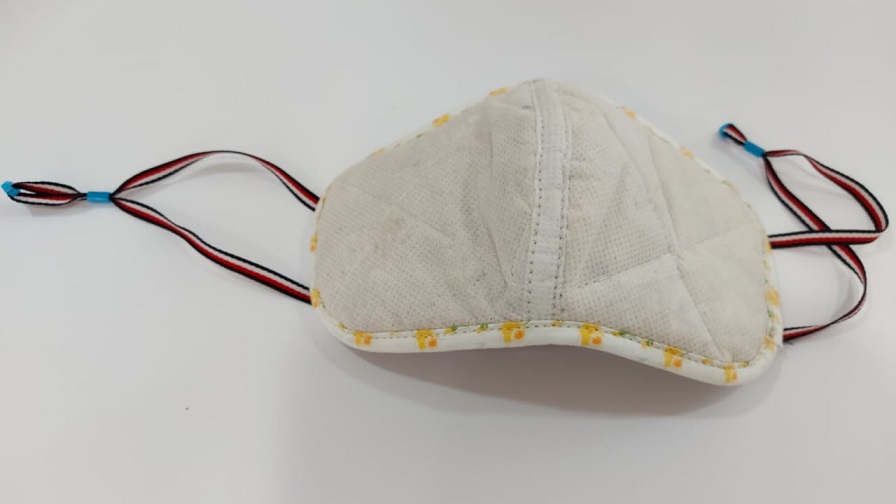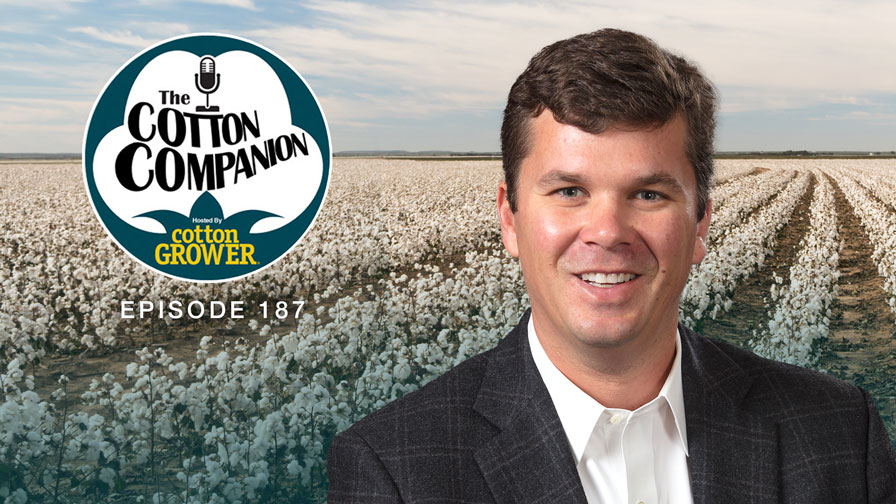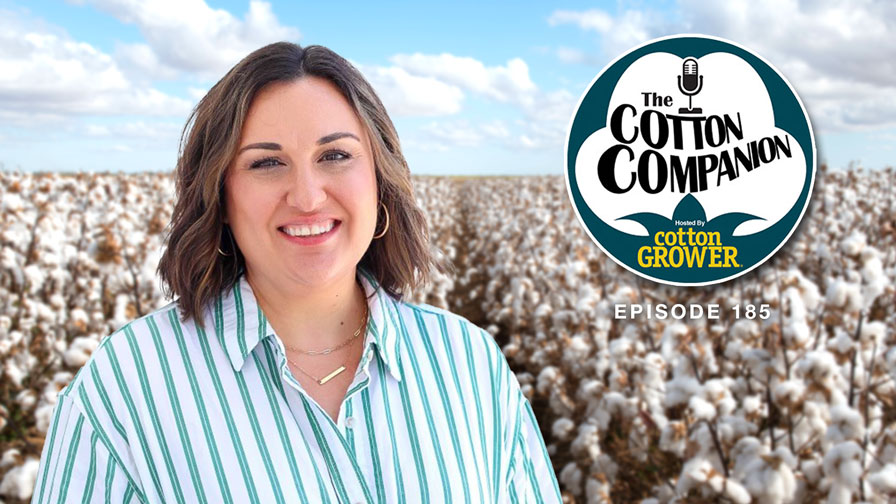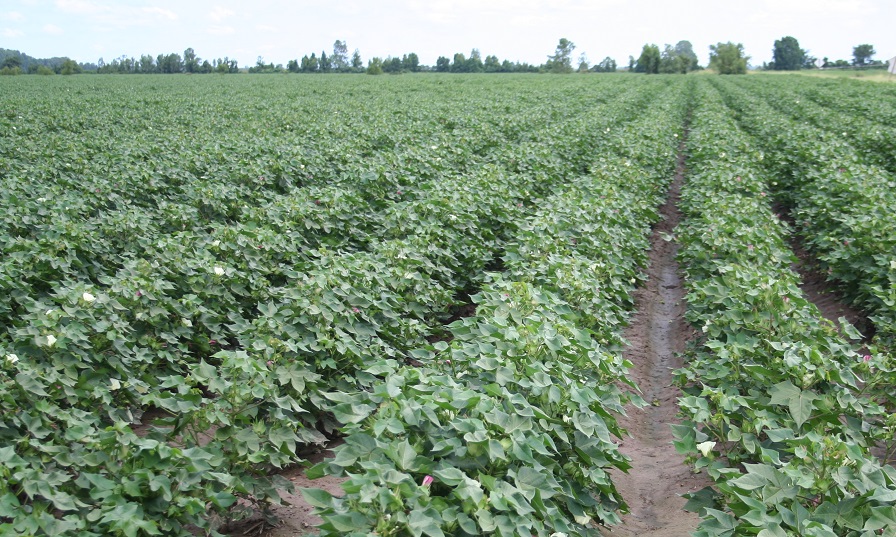Crop Scan Ag Report: Cotton Harvest Is Here (or Near)
Defoliation has begun – or is ready to begin – in most areas across the Southeast, Mid-South, and Central Texas. Early harvest reports show decent yields, with concerns remaining about the impact of hard lock and other issues in areas that caught tropical rains in the past two weeks. The lower Southeast is at a standstill following those rains and is bracing for another round of storms later this week. Cotton across the South Plains of Texas looks good, with defoliation planning underway. That area is still about 2-3 weeks away from harvesting.
This is our final Crop Scan Ag Report for the 2024 season. Many thanks to Chad Harrell, Wes Briggs, Tucker Miller, Mark Nemec, and Kerry Siders for their contributions and cooperation. Here’s what they had to report for late September.
Chad Harrell owns and operates Harrell Agronomic Services in Northeastern North Carolina.
Not much has changed since the last update. We have gotten off to slow start defoliating. Most of our cotton is 6-8 NACB and will be ready to defoliate in about a week. Much of the later cotton will need even longer to mature and may get defoliated early if we see cool weather coming. We just haven’t had much heat or sunny days the past two weeks to move cotton along.
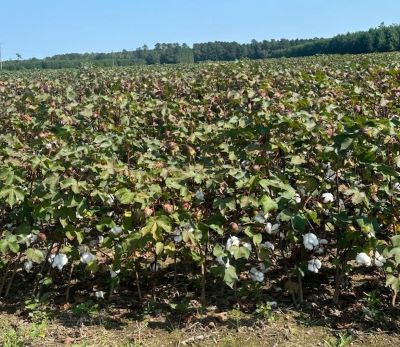 Photo: Chad Harrell
Photo: Chad Harrell
We didn’t get too much rain from the tropical storm last week, but we have seen some hard lock from a week of cloudy, misty days. We finally have a nice forecast this week with some 80-degree days to hopefully move this cotton along. So far we have seen little to no regrowth this year as these upper bolls seem to be holding it back. Growers will need to use high rates of products containing ethephon this year to open these later maturing top bolls.
I think that most of our cotton that didn’t cut out in June still has a good 2+ bale yield potential if we can avoid any more storms before harvest.
Wes Briggs consults on cotton, corn, peanuts, soybeans, and small grains for growers in Georgia, Alabama, and Florida.
The sun is shining here right now. It’s a beautiful day. It’s hot. And if what they say is coming in 2-3 days, change is on the way.
It’s a mess right now. Last Saturday, some places in northern Florida got up to 10 inches of rain overnight. We had the outer bands of Francine over here, pulling water straight up out of the Gulf. In a 7–8-day period last week, we had rain totaling anywhere from 2 inches up to 13 inches. We’ve had a lot of rain on our older cotton, and there’s no way this crop is as good as last year’s. Last year was one of the best crops we’ve had from beginning to end. It’s insult to injury right now not knowing what this next storm is going to do.
We’re in a holding pattern right now. We have very little cotton defoliated, and no one is defoliating or spraying cotton until we find out what this storm is going to do..
Our cotton just took a lot this year with a lot of heat and dry weather that just seemed to take it out of the varieties. There’s still some decent cotton. But to me, it just wasn’t a cotton year for us. Right now, I’m guessing our yield potential is off at least 300 pounds due to hard lock, boll rot, plant bugs, whiteflies, and disease. The top crop just isn’t there. And that’s before this upcoming rain event.
But with that being said, there’s still some 1300–1400-pound cotton out there. It’s all going to depend on what this storm does.
Tucker Miller is a Mississippi-based independent private consultant for cotton, soybeans, corn, peanuts, rice, and vegetables.
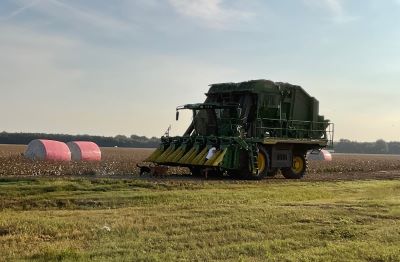 Photo: Tucker Miller
Photo: Tucker Miller
We started back picking cotton this past Friday (Sept. 20). The yields are still good even after the tropical rains. We probably lost about a hundred pounds due to hard lock and some on the ground. It was not as bad as I thought, but we surely don’t need any more rain.
We will finish defoliation early next week and keep picking. We have a long way to go and will pray for good weather to finish it out.
Mark Nemec is an independent agricultural consultant for cotton, wheat, grain sorghum and corn in the Blacklands and Brazos River Bottom area of Central Texas.
It’s harvest time in Central Texas. After a slow start last spring, cotton harvest is chugging along. Yields have been much better than we thought just a few months ago. The fields that didn’t get too much rain last April and May are making some farmers their best yields ever. Of course, the fields that had water on them last spring won’t be as good, but they are still pretty fair after the plants recovered.
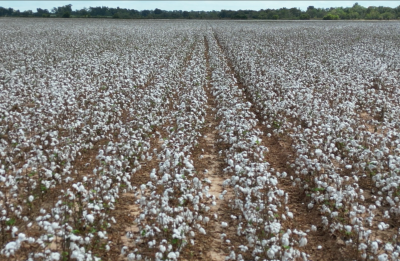 Photo: Mark Nemec
Photo: Mark Nemec
There are some areas with late planted cotton that has been trying to catch up to the rest. We’ve been very fortunate to have had some hot and dry weather this fall for a change. This has given us a lot of heat units to finish this late crop up quickly.
Now if we can stay warm and dry for a couple more weeks, we can finally have a good harvest for the first time in several years.
Kerry Siders is Texas A&M AgriLife Extension Agent-IPM for Hockley, Cochran, and Lamb Counties.
Cotton here on the Texas South Plains is still in between taking advantage of those last days of sunshine, heat-units, and an occasional rain shower, and being ready for a harvest aid to prepare for harvest. There is a very small percentage of cotton which is ready for a harvest aid but, come the second week of October, things will get busy. Yields will not be what we need nor is the price, but we are blessed to have the best growers on the job who will make the best of it.
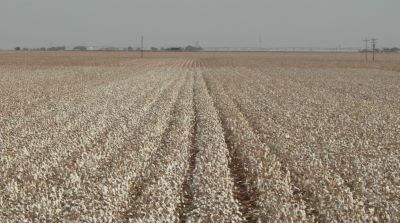 Photo: Kerry Siders
Photo: Kerry Siders
Ethephon at a quart is the backbone of most all our harvest aid applications. Then, it is a matter of selecting your favorite defoliant. The defoliation products all generally work well here. I remind producers to pay attention to what the manufacturers recommend as adjuvants with these products, particularly the PPO’s (Aim, ETX, Sharpen, and Reviton). To deviate can cause poor performance.
Also, some defoliants can be temperature sensitive. As it cools, some of the defoliants such as Ginstar, may require a bump in rate. That leaves us with the desiccants, which are primarily paraquat products. Again, I remind producers that paraquat is activated by sunlight. If it is applied early in the day, it will generally result in a rapid burn of the plant tissue and result in typical desiccation (sticking of leaves). Versus an application applied later in the day, the paraquat will move deeper in the plant tissue (local systemic or translaminar movement). This can result in both desiccation and additional defoliation.
Have a safe harvest.




